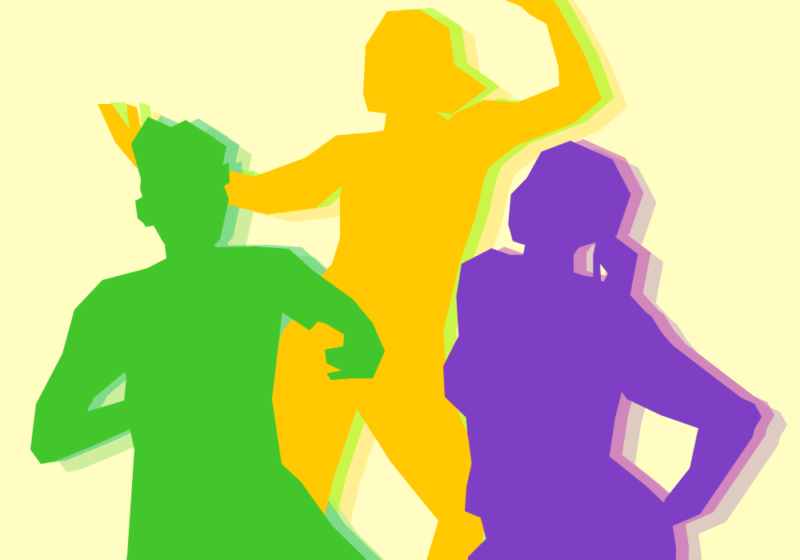Exercise and I have never had a good relationship.
From a young age, my dad forced me into a dozen sports: soccer, field hockey, swimming, taekwondo, cheerleading, tennis. I didn’t like any of them.
And if that wasn’t bad enough, high school gym class added volleyball. Serving was my only skill, so the snobby girls I usually ended up on a team with just rotated themselves and kept me serving for as long as possible. Swimming was the one sport I actually enjoyed, before I began doing it competitively. But after a speedy nine-year-old literally swam over me, not so much.
Then came the phase of being hit by flying sports equipment.
First day of seventh grade — my first day at a new school — Sydney Robinson hit me smack dab in the face with a dodgeball. I had similar run-ins with a basketball, a tennis ball, a hockey puck… you get the picture.
Even worse, gym class came with the mile and the pacer. If you’re not familiar with the pacer, it’s this traumatizing exercise where you have to run back and forth to the timing of beeps that gradually get closer together. Some people could get over 100. My personal best was 40.
In ninth grade, I had a gym teacher who told me to “smile more.” This was a man who punished the whole class when one kid screwed up. He’d keep adding more and more stair laps to the agenda. I was glad when he didn’t return to the school the next year to torture any more unsuspecting freshmen.
So, as you can see, I’ve been scarred, permanently. When I came to UR, my dad kept telling me “you have to find a way to stay in shape” or “you don’t want to get the freshman 15, do you?” I thought I’d give swimming another shot, but I only managed to go to the pool twice during the fall semester. By the end of the semester I had convinced myself that walking across campus was good enough. But I could still hear my subconscious saying, “Yeah, right.”
Spring semester came, and I was content to keep lying to myself. But a friend of mine asked me one day if I wanted to go to Zumba with her. All I knew about Zumba was that it was basically exercise dancing to Latin and pop songs. It didn’t sound too bad, but I couldn’t be sure.
I went, and that was it. Zumba became my thing. I loved the instructor, the energy of the students, and how I felt while doing it. The instructor would always say, “Don’t worry about the steps. Have fun. Do your own thing.” Facing away from the mirror really helped with that. It stripped away my self-consciousness and my fear. I didn’t have to be perfect. I didn’t even have to be good. I just had to feel the music and move.
On a good day, there’s around 30 people at a Zumba class, but I don’t think enough people take advantage of it. It’s a great resource on campus, usually offered twice a week. And even though Zumba can’t be offered in person because of the current circumstances, that hasn’t stopped me from continuing to incorporate it into my life.
During the week I spent packing up my dorm room, a couple of us on the floor did Zumba together, using the same songs from class and doing the routines from memory. It was a good way to bring some normalcy to the hectic situation.
After leaving my dorm and saying goodbye to my friends and loyal Zumba buddies, I came home and started doing Zumba with my mom. It’s not exactly the same, but it’s close enough. The Zumba instructor has even reached out over email letting us know that she plans to put routines on YouTube. Zumba did save me from the freshman 15, but it also did so much more. It let me make peace with my traumatic past with physical fitness, and enjoy staying healthy.

